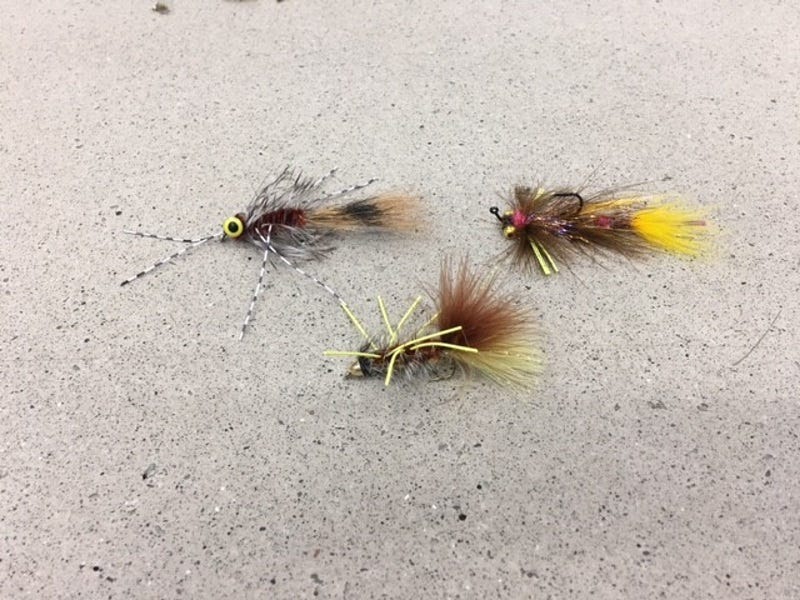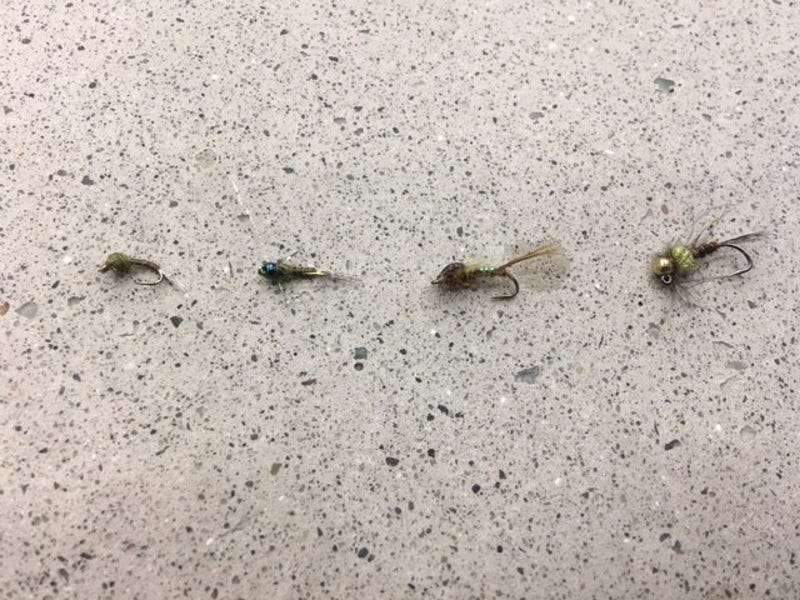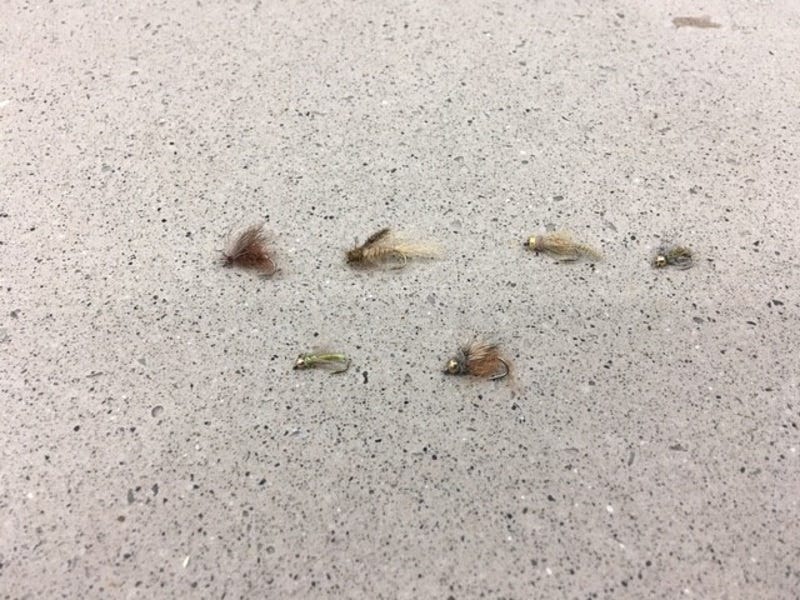Summer Fly Fishing Tactics in Northern Idaho

How do you target trout, even when the sun is up and scorching?
Ah yes, the dog days of summer are here. August has officially arrived. That means hot sun, cold beer, sunburns and, depending on where you cast a line, more technical fishing.

Tough Fly Fishing in August? That's Normal.
At least you’re not alone. The beginning of August may provide tough fishing no matter where you target, and that is true in north Idaho, too. Fortunately, north Idaho was blessed with a great winter and, subsequently, a good snow pack. So, most of our rivers are holding good water. The tributary streams, however, are pretty low. That’s normal for this time of year, but all of our streams are in better shape, by far, than they’ve been in the past few years.
Still, with temperatures expected to be in the upper 80's and mid-90’s for a few weeks, our fish will behave differently than they did during spring and early summer, and we’ll have to do the same to consistently catch them. Here are some tips to help you do just that.
Get to the Water Early
Getting on the water early and staying on the water late is your best remedy for the summer heat. During those early and late hours, you’ll find cooler water temps, shade, and more bugs hatching. That means fish will be more active at those times. During midday hours, when water temperatures are highest and the sun is bright, those fish may have their bellies resting on bottom.
Most of our local waters will have very consistent caddis and PMD hatches each day, especially in the evening hours, so patterns to match those bugs should be staples in your box. Carrying specific emergers to match these hatches is critical, as fish often key on that stage of the hatch above all others.

Fish to the Shaded Banks and Other "Cool" Areas
When you’re on the water you should concentrate efforts on shaded areas, riffles, pocket-water, undercut banks, and fast water tight to the bank. When fishing terrestrial patterns or attractors this time of year make sure you give them a twitch and get them moving a bit. I love running a basic foam beetle or ant behind my hoppers and I can't tell you how many times I've seen pressured fish come up slowly to the hopper and instantly turn and eat the beetle or ant.
During late summer, meaning mid-to late August and into early September, we should see hatches of very small flying ants. These critters are small, size-20 and 22’s, but man, oh man, do the fish key on them. Again, I will run a small ant pattern behind a smaller hopper. The hopper mostly serves as an indicator but on windy days the fish do turn to hoppers and it’s game on with the big bug.
Double Drop a some Nymphs when it's too hot out
Nymphing is always a good bet in the summer, especially if you fish in the high heat hours. That’s because trout gravitate to the cooler, deeper water during the summer days. Our hatches dictate what we should be nymphing with. Again we have tons of caddis on the water this time of year, so a caddis pupae, such as an October cased caddis, works well. Slender and smallish mayfly nymphs that match PMD’s are a good bet, too. Beadhead and standard Pheasant Tails, Hare’s Ears, Crack Back Yeagers, and Crust nymphs are excellent choices.
On many of North Idaho’s awesome trout streams, including the St. Joe, there is tons of pocket water and great riffles where a short, tandem nymph rig thrives. When fishing this setup you don’t need long, nine-foot leaders. Instead, I’ll run a straight piece of tippet as my leader, constructed of 4X or 3X and no longer than four or five feet.
If I need to get down I’ll attach a split-shot or two. I attached that section to the butt of the leader (which is made of stiff Amnesia mono), which also is where I attach a strike indicator if needed. I can adjust the indicator up or down the butt section to properly fish the depth I choose.

What Indicators to Use on the Water
When fishing indicators I favor smaller poly-yarn styles, including the new "New Zealand wool" system. This NZ system, which is available at North 40, excels when fishing to spooky trout. These indicators land softly on the water, with minimal impact, unlike larger corks or Thingamabobbers, which can splash down and spook every trout in the area code. For skinny water nymphing, meaning two or three feet deep, I actually like the old-school pinch-on foam indicators. Sometimes I’ll “sandwich” two of those together over a knot in the tippet. That way, the indicator stays in place.
When fishing smaller nymphs, in the #14-20 range, this is killer rig and it doesn’t spook fish. Sometimes I’ll even pinch another foam indicator higher on the leader so I can track a drift through choppy water.
Throw on a Crayfish Pattern
When you’re on the water in August, be aware that we have lots of crayfish in our streams. I think a lot of anglers overlook streamer fishing during summer and, especially, fishing crayfish imitations. The Clark Fork River has a huge population of these crustaceans and they run large. I love casting big rubberlegs flies, in #2-4, to the banks, and stripping them quickly back to the boat. If you’ve seen a fleeing crayfish, you know they are not slow and have an erratic swim pattern. When I was a guide, I would tell clients to strip crayfish imitations fast enough to burn the skin on their index fingers. When the fish hit a fast-moving streamer, it’s a thrill.
Look for big fish moving into the shallows during late summer, hunting crayfish. I’ve pulled fish out of water that’s just over a foot deep, water that was relatively nondescript that other anglers probably overlooked.
So, don’t stay home because the days are hot. Instead, keep some 50 SPF in your pocket, pack plenty of ice in the cooler, and take a nap in the middle of the day if you choose. But during those morning and evening hours, get on the water for some of the best fishing of the year, and in the evenings stay out until it’s too dark to even thread a #18 caddis to your tippet. You should be rewarded for that extra effort.
